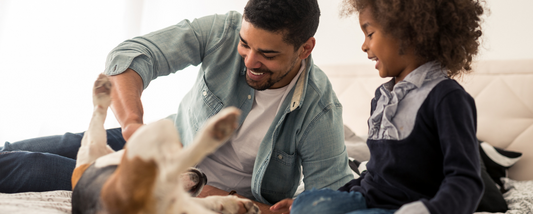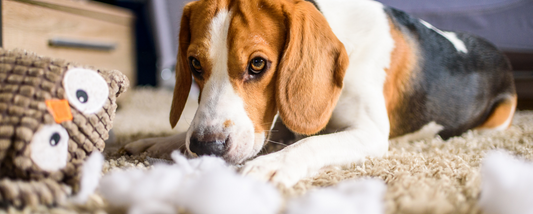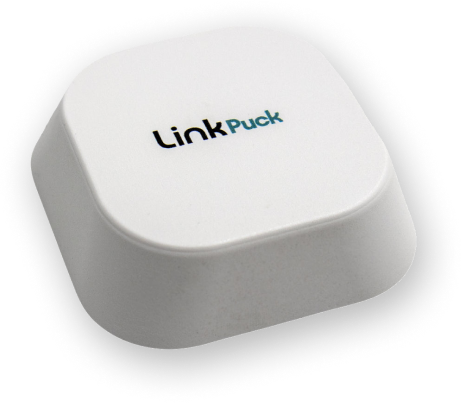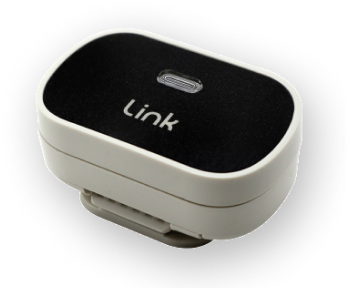You know how important it is to take care of your dog's health. That's why you ensure he has the right food and visits the vet regularly. But how well do you take care of his dental health? Do you know how to brush your dog's teeth? Gum disease is the most frequently diagnosed ailment in canines, and many dogs will have some sort of dental issue by three years old.
That's why it's important to brush your dog's teeth regularly. It might seem like a daunting task, but it's not once you get the hang of it. Here's what you need to know.
How to Prepare to Brush Your Dog’s Teeth
The first things you'll need are toothpaste and a toothbrush. The toothpaste should be specifically formulated for dogs. Not only is dog toothpaste designed to be safe and meet their dental needs, it also comes in flavors that they’ll be attracted to, such as chicken, beef, or peanut butter.
What toothbrush you use depends on your dog's size. For large dogs, use a regular toothbrush, with medium-firm bristles. Smaller dogs should use a child-sized toothbrush. For miniature dogs, get a special pet toothbrush, designed to slip over your finger, with bristles on the outside, so you can simply rub your dog's teeth to clean them.
No matter what kind of brush you use, most dogs won't like you sticking a foreign object in their mouth without warning. Build up to it gradually, establishing a routine for him to get used to. Do it in the same place each time, and at the same time of day, so over time, he’ll know what to expect, and be more cooperative.
For the first few days, just let your dog smell and taste the toothpaste from your hand so he can get used to it and realize it's something he likes (if he doesn’t like it, look for another flavor he prefers). Then start putting it on the toothbrush, so he can get used to that as well.
How to Brush Your Dog’s Teeth
- Wet the toothbrush, and press the toothpaste into the bristles, rather than having it sit on top. Hold your dog's mouth closed very gently as you put the brush in, so he doesn’t chew on it. Lift his top lip and begin brushing.
- Don't start with the front incisors. They're extra sensitive, which could irritate your dog and make it difficult to continue. Start on the sides, then do the front, and eventually work your way to the back teeth. Brush very gently and get the gums as well. Cavities in dogs are rare, but gum disease is common.
- Give your dog plenty of praise during and after the brushing process and reward him afterwards with cuddles and treats. Be aware of his comfort level the entire time and stop if he begins getting agitated or aggressive. Don't brush for more than two minutes, to keep him from becoming restless.
How Often to Brush Your Dog’s Teeth
Experts disagree on how often you should brush your dog's teeth. Some say every day, or even twice a day, while others say two or three times a week is fine. We suggest once a day to establish a regular routine, but talk to your vet to see what they recommend, and never do more than what your dog is comfortable with. Also, take your dog to a pet dental care specialist once a year for a more in-depth cleaning.
You’re a pet parent, so try to see your dog’s dental care just as you would for your children (expect thankfully there’s no expensive braces to worry about in the future). With a little care and practice, you can stave off gum disease, keeping your dog happy and ensuring a healthy mouth for years to come.





